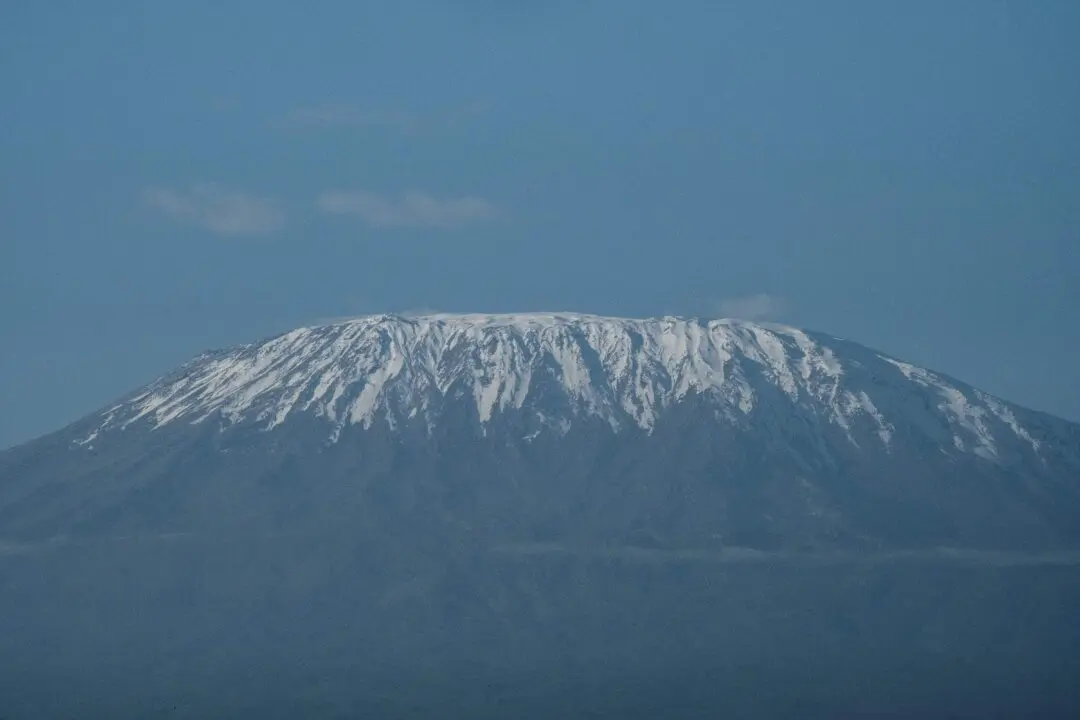KABUL, Afghanistan—Afghanistan’s senior Shiite community leader said on Saturday the ISIS group is responsible for kidnapping dozens of Shiite men and boys in February.
Mohammad Mohaqiq said two former Taliban leaders, who switched allegiance to the rival ISIS group, were responsible for the abduction of 31 members of the minority Shiite Hazara community on Feb. 24 in southern Zabul province.
He spoke with The Associated Press on Saturday. It is the first time an Afghan leader has confirmed ISIS group involvement in the kidnappings.
Mohaqiq, who is a deputy to Afghanistan’s Chief Executive Abdullah Abdullah, named Mullah Mansur Dadullah and a deputy, Mullah Abdullah Kakar, as behind the abductions. Muhaqiq said the two prominent Islamic militants had simply “changed their white flag” of the Taliban for the black ISIS flag.





